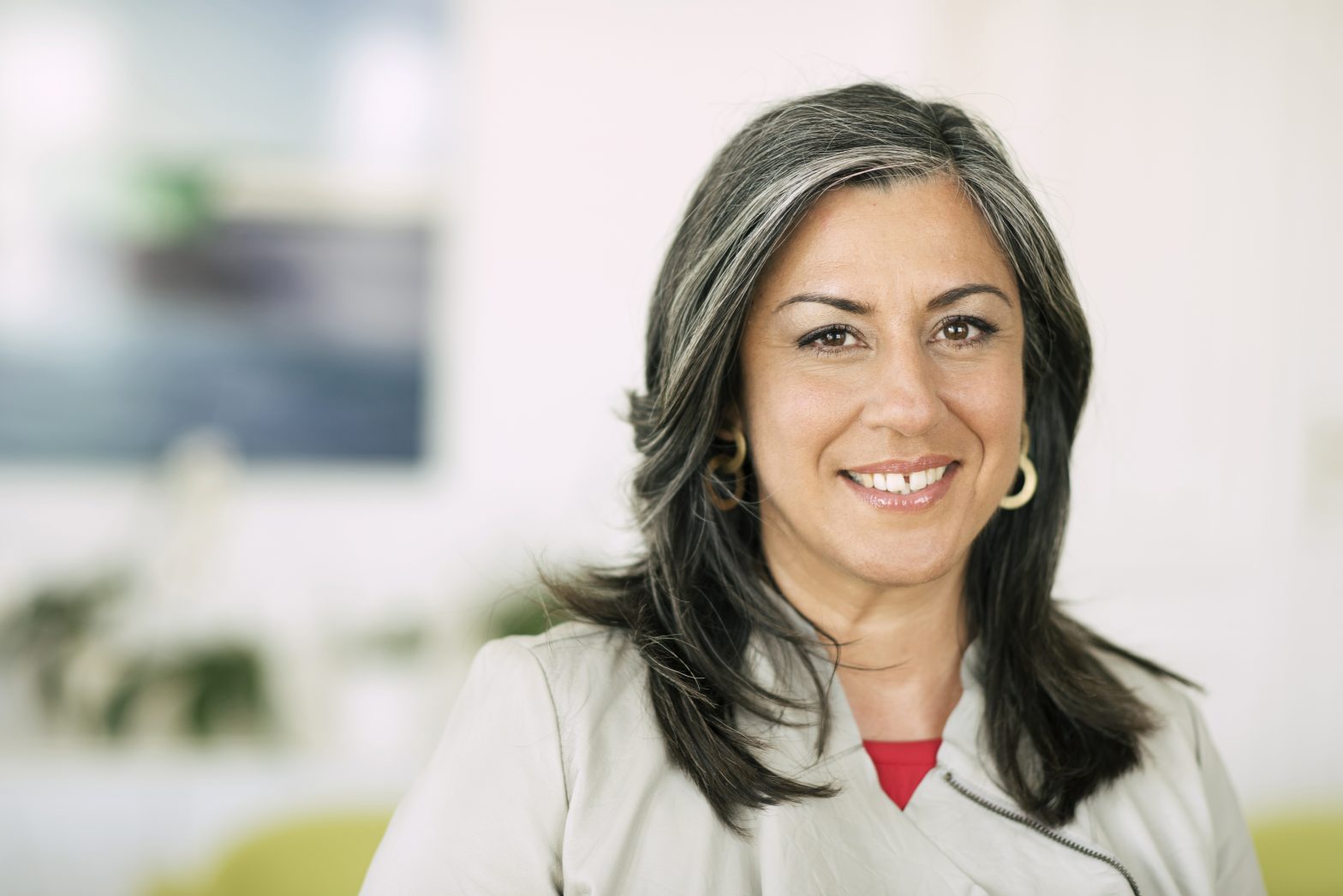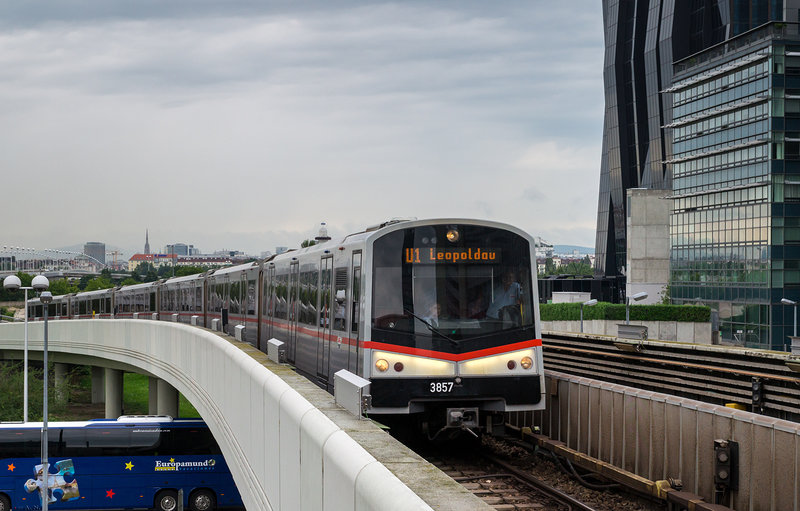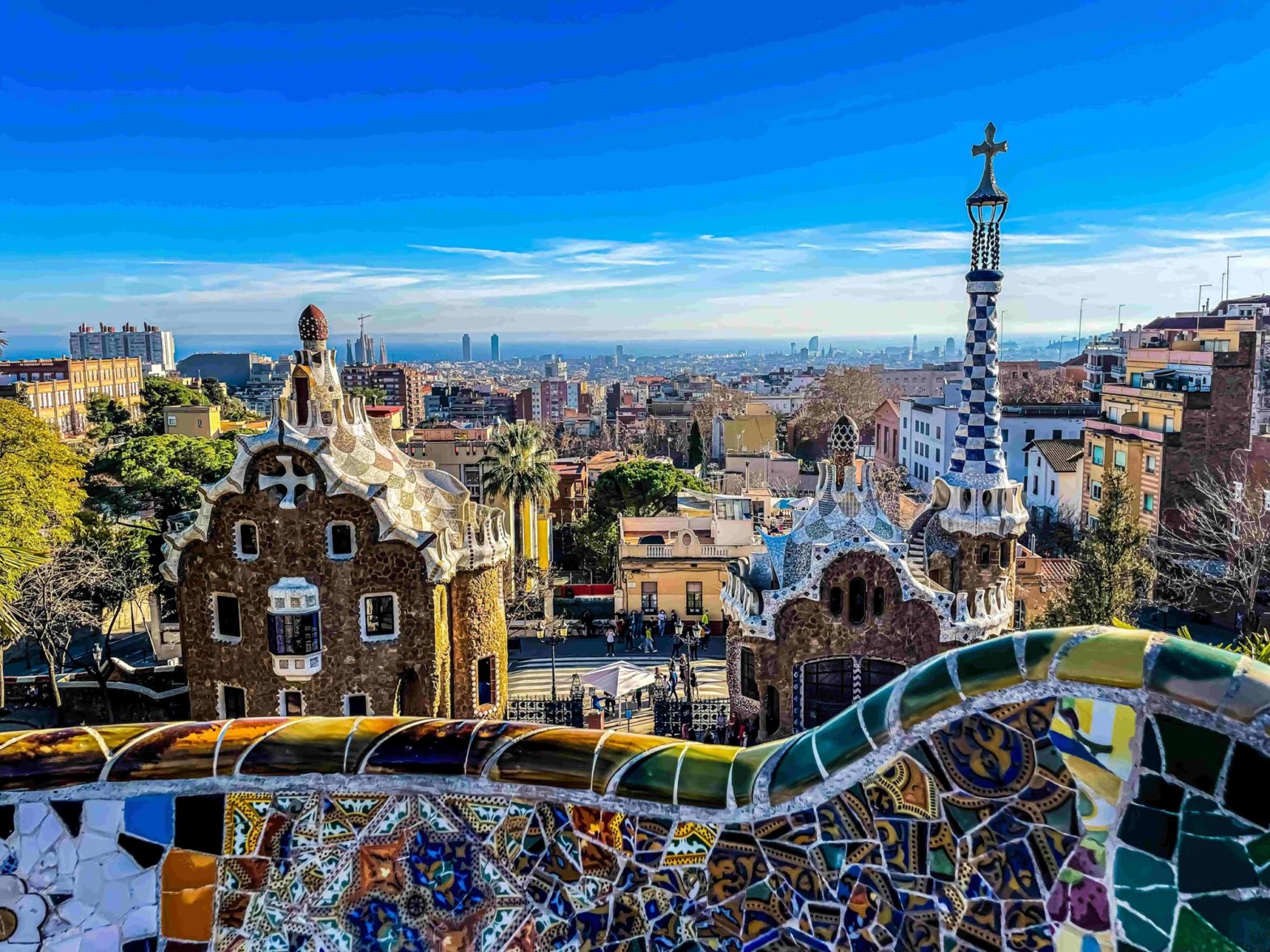
Photo: Lukas-Beck
Why smart mobility is not always about infrastructure
05 July 2018
by Harry
Jonathan Andrews met with Maria Vassilakou, Vice-Mayor and Vice-Governor Executive City Councillor for Urban Planning, Traffic and Transport, City of Vienna. She reveals the mobility challenges of the fastest growing German-speaking city and why better urban design is the solution
You mentioned at the Urban Future conference (held in Vienna at the end of February) that a few years ago you reduced the annual transit pass cost to €365, or €1 a day. What impact has that had on user numbers and also financially for the city?
That was back in 2012 and this was probably the smartest idea that we have had in the past few years. In combination with the expansion of parking space management to the outer districts, we managed to shift the modal split from 31 percent private car use to 27 percent within only two years. This is spectacular and at the same time, public transport use went from 36 percent up to 39 percent, also within two years, so yes, this was a dramatic shift.
If you take a closer look at it today you will see that there are about 780,000 annual cards being issued. Back then there were about 300,000, so it has more than doubled, and if you count the students–who have even cheaper cards–you arrive at a number of more than 900,000 which means that every one out of two residents in Vienna has an annual card and since they have it, they use it. It cost about €30 million in the first few years but because so many more cards were sold than originally expected, after three years this cost was neutralised.
I have to point out that new infrastructure is paid for entirely by the City of Vienna when it comes to trams, and with metro infrastructure, 50 percent is paid by the city and 50 percent by the central government. So the public transport company does not have to finance new heavy infrastructure.

Vienna’s goal is to reduce motorised transport per person to 15 percent of its total mobility by 2050. How are you going to achieve this?
We are working with different NGOs and different stakeholders. WhatI have found out–and which is especially important when it comes to raising the share of cycling–is that it is a robust combination of wide-scale measures that makes the real difference. What we need in Vienna now is vast investment in the suburban rail connections combined with the expansion of parking space management to the overall area of the city and traffic-calming measures within the centre of our boroughs, within the district centres, and this is the only way we can arrive at our target.
There were also tests carried out last year on traffic lights that can talk to one another to regulate unpredictable events on the road, such as traffic jams and accidents. Such systems could also communicate these problems to drivers via their smartphones. You’ve personally championed investment in this as a remedy for congestion, but what other effects could such dialogue between cities and citizens have on urban life in your view?
This is one of several projects that is being implemented right now or has been implemented in the last few years. This division is extremely innovative. When it comes to details of how this project functions, [I am not directly involved] but I can say they are responsible for traffic lights and also for lighting. What they have done over the last few years is to switch to LED technology for lighting all over the city. Right now, we are changing the street lighting in the central part of the city, because we have already changed all the pathways, all the smaller streets and the parks. We ran pilot projects to find out what was the best way to install them and we are now in the process of moving all traffic lights to LED. Another plan we are working on is to install the devices that improve air quality on traffic lights all over the city, at a height that would correspond to a normal person’s height. This is also something that I am looking forward to.
What we do not have yet, and are in need of, is a new telematic system that would allow us to also regulate traffic lights so they react to how heavy congestion is, and this way we would be able to reduce carbon emissions further but it needs investment, we don’t yet have this.
Would this be through a PPP with a vendor?
The original idea would be for us to acquire it so it belongs to the City of Vienna. It would, in this case, cost €30 million, which is quite a heavy investment, but it belongs to the things that are very important for me to undertake within the next years. We are now discussing a new package of measures so this should be part of it.
How do you balance your goal of preserving green spaces, providing housing and encouraging people to use public transport?
We are in a privileged position compared to other cities as we have several former brownfield sites that can be converted into residential or urban districts, that are quite central. These are mainly former railway and military areas. This is, in terms of public transport, very practical because in many cases a high level of public transport already exists so you do not have to invest extra money to get it. But we also have good opportunities to build new urban districts on the eastern side of the Danube where there are agricultural areas, which decades ago, were designated for future city growth.
Knowing that we are going to be expanding rapidly we have already built a metro line that leads there. Put it this way, we have solved the main tasks when it comes to public transport for the next decades. But new urban districts need bus and tram connections and this is what we are working on now because when we design new urban areas we see to it that cars have to be parked outside the area and within the area people will walk to their front door. These new zones are designed around the idea of large green spaces and public spaces with provision for cycling and walking. The idea is that you can let children play and move around freely outside so there is practically almost no car traffic within the district, which then of course means that if you want people to be using public transport you have to provide it. The metro line is crucial but of course it won’t solve this alone.
What are some of the biggest mistakes vendors make in their relationships with cities?
I guess it differs from city to city depending on the city’s philosophy. In our case the biggest mistake would be to forget that this is a city of public housing, that is devoted to social housing, and some try to maximise profit without any kind of social responsibility.
The second big mistake is to forget about the quality of the public spaces. One common mistake is to concentrate on the buildings and to then try to create whatever is leftover into public spaces, which will never work because public spaces have to have qualities so that people like to be there and will use them.
What we always see to in Vienna is that there is a joint planning process with landscape architects and with people who specialise in the quality of public spaces so that you first actually design public spaces and then place the buildings around them.

Can you describe in detail the transport network that you are hoping to have in 10 years’ time?
Vienna right now has one of the densest public transport networks in the world, but this is within the historical parts of the city, or mainly the parts that are west of the Danube. Where are the problems? In the outskirts where people have to wait thirty minutes until the next bus or suburban train arrives. Now, I would like to have a city where you don’t have to wait longer than 10 minutes, where you don’t have to walk more than 500 metres until you reach a station or bus stop, regardless of your address. Keep in mind right now in the historical area this is about 300 metres. We already have this in the densest parts. It is very important to set such targets because then you can actually measure it and it gives you a very good idea of how to plan in order to get there.
There is also a third part that is not something Vienna can solve itself, which concerns the surrounding belt of cities, the agglomeration, which is under another jurisdiction because it is the federal state of Lower Austria. We have a very weak structure for cooperation right now. We have cooperation but there is no administrator for the metropolitan area and this makes it quite tough to arrive at common plans that are implemented and jointly coordinated. But in the next couple of decades, we need to invest in public transport that crosses these jurisdictional borders. Right now, if you take a look at the modal split in Vienna you will see that it is 27 percent private car use and all other means is about two thirds, nearly three-quarters. Whereas if you look at commuters coming from these [outlying] areas it is the other way around, about two-thirds private vehicles and only a third use for public transport. This is a huge challenge.
How are you using traffic and transport to influence Vienna’s climate change actions?
When it comes to climate mitigation there is one wheel that cities can turn, and this is the whole issue of traffic and transport. Many cities don’t have the same responsibilities, but they all have ways and means of influencing transport. We tend to forget that a very serious amount of carbon dioxide emissions arise from transport and that in the last decade it has been the sector with the most traumatic growth when it comes to emissions.
Clearly this is where we have to focus climate change action, besides of course buildings and heating. If you realise this then the second thing you see is that urban design is actually at the heart of the solution. Because the way you plan and re-programme the old parts of the city and plan for new districts is crucial in answering the question of what will young couples do. Where will they go? Where will they choose to live? Want to live? Of course there is an issue of affordability as well. If you are able as a city to plan new urban areas that contain at least 30 percent affordable housing which are planned in a way that young people–young couples with children–will want to live there, then you have actually achieved a lot of progress in solving future mobility.
It’s also all about avoiding suburbanisation. It is something I have said often but have been misunderstood. It’s all about successfully winning over people’s longing for the small cottage in the countryside. Not because I have anything against that, but because we all know what this means. This is to do with urban design and the quality of public spaces, with a city that is not designed around cars but around the needs of children and also around affordability. In the end you realise that mobility, smart mobility, is not something that has to do with infrastructure alone.
Smarter Than Car
The NGO was founded in Beijing in early 2010 as a cycling advocacy group. It has since expanded by opening an office in Vienna, headed up by experienced young urbanists with an international background. Here the organisation has worked on local and international projects. Some local projects include the FUTURAMA REDUX project, future streetscape ‘imagineering’ workshops and involvement in the exhibition BICYCLES–a love story. The team works closely with the City of Vienna towards a post-carbon urban mobility future.

“This productive environment consists of the city’s planning staff that is very open for questions of future urban mobility and frequently joins our events as experts,” explains Florian Lorenz, Director, Smarter Than Car. “The city has also directly supported our projects to internationalise our ideas, mainly in the FUTURAMA REDUX project to bring our exhibition to places such as Hong Kong, Seattle or Bogota. We have also been cooperating with Vienna’s politicians and urban administration on a district-level to develop strategies for post-carbon urbanism to implement the goals of the Paris Agreement.”











